Clarissa Smith examines the flawed narratives underlying pornography laws in the UK.

In August 2009, Kevin W.* was arrested for the possession of “extreme pornography,” a charge made possible by the introduction of provisions in Part 5 of the Criminal Justice and Immigration Act 2009 (CJIA). At his trial in January 2011 at Stafford Crown Court, Judge Michael Cullum advised the jury that
“A difficulty is that Parliament used ordinary language for legal definitions. On a scale of porn, clearly more hardcore material exists. But that fact is not at issue. It is … the issue of “realistic”, that may give rise to difficulty. It is for you alone to come to a conclusion as to whether these images are realistic. You may have thought before this trial that that is straightforward. Of course it isn’t that simple. … They [the images] could be more realistic, further along on a scale of realism. There are elements that are less realistic. High camp acting, the lighting, body positions … but what matters is do you consider these realistic. If you do not, that is the end of the matter. Then, you need to be satisfied they are grossly offensive, disgusting or otherwise obscene. You need to be sure. No one else’s opinion matters. You must use your judgement.”
Some hours later, having seen the menu for lunch, the jury came to the unanimous verdict of not guilty on all charges. I acted as an expert witness in that case and so was given access to the images on the charge sheet, a collection of high camp, Hammer House of Horror-style still images arranged in sets to tell “Damsel in Distress” style stories. Given sight of the images prosecuted in the W. trial, most readers might laugh at their staginess and exclaim how could these have been taken to court? But taken to court they were: the police and Crown Prosecution Service (CPS) thought them sufficiently “extreme”, “offensive” and “obscene” to be worth prosecuting W.
Also known as “The Dangerous Pictures Act,” the CJIA has been on the statute in England and Wales for almost seven years and has recently been augmented by provisions to outlaw images of rape, bringing legislation into line with regulations in Scotland. Both pieces of legislation shifted criminal responsibility from the production and distribution of materials to its possession, and illustrate the continuing spectral presence of “effects research” in discussions of pornography and its place in contemporary society.
The CJIA’s extreme porn provisions were, in part, a response to Graham Coutts’ murder of Jane Longhurst in 2003. Following his trial, a petition of 50,000 signatures called for a ban on websites such as Necrobabes, hosted in the USA, which Coutts had visited. British newspapers and two members of parliament supported the campaign, arguing that even if images had not caused Coutts to murder Jane Longhurst, they had “normalised” his perverse sexual interests and that the internet posed a particular threat. The Daily Mail thundered, “…it [Longhurst’s murder] could have happened only in this high-tech age, committed by someone whose murderous fantasies were fuelled by appalling images freely available on the internet.”
Tellingly, campaigners for the provisions drew on narratives used in other battles against “problem media”: for example, assertions that “extreme pornography” was a new problem, that its images were more graphic, more violent, more real than ever seen before and that technology exacerbated these problems; are all accusations levelled at media forms as various as horror comics, the “video nasties” and video games. As with these other “horrible” media, extreme pornography was regarded as a phenomenon produced outside of the UK, utilising new technologies to breach the boundaries of the island state and operating largely invisibly to the authorities.
The “hideous” material was brought into view through forms of description – the dread of such imagery operates best if the majority have not and cannot see it – so campaigners worked to render extreme pornography unseeable. This sleight of hand was apparent in the government’s Rapid Evidence Assessment (RAE), which claimed pornographic imagery is so problematic that to even describe individual images was likely to render the work of the commissioned academic researchers “unscientific”. Pornography of all kinds is supposedly so “powerful” that even legislators, researchers and other interested readers must be protected from themselves. Such framing re-energises the suggestion that to engage on any level with material designated as “extreme” is to lay oneself open to the possibility of copy-cat behaviours or the likelihood of becoming very ill, as Lord Hunt claimed in the House of Lords. A powerful current of disgust underpinned the campaign and discussion in both Houses of Parliament, simultaneously visceral and moral in its designation of “extreme pornography” as fantasies with the potential to tip into reality.
All pornography raises the problematic relation between representation and practice, performance and life, seen and concealed, fake and authentic, documentary and fiction, fantasy and reality. So long as the fantasies represented are “acceptable” and fit within sanctioned boundaries of human sexual practice, pornography can be tolerated. As always the problem lies with the fantasies that are more ambivalent, those which bring to the fore embodied performances; that bring the questions, how can those people do that? How can people like that? What on earth might these interests mean? Will people think these images are real?
As was reported to MPs and Lords at the time of the CJIA’s passing through both Houses of Parliament, the original clause on realistic portrayals was confusing and badly conceived. It was seemingly ignorant of the vast array of audience research into viewers’ complex negotiations and sense making of the relationships between fantasy and reality in, amongst other media forms, reality television, television drama, documentary, novels, children’s cartoons, action films, fantasy films, historical event films and pornography. Despite the many criticisms of the wording relating to “realism” and “appears to be real”, the amended form of words that made it into the Act was also drafted without any due regard to the research into modalities of “realism” across literary and visual media forms.
Many feminist writers have argued that it is not important whether or not pornographic images are in themselves realistic but that they conform to a particular way of thinking about the female body as inviting violence. The emotive mode used by pro-legislation campaigners and by prosecutors draws on an established discourse in which “pornography” has been used, not to describe a media genre, but as a figure of speech for texts that are claimed to enact violence against women.
Classificatory agencies such as the British Board of Film Classification (BBFC) worry about possible “effects” on likely viewers, particularly from materials that blur generic boundaries. For example, material that is “likely to encourage an interest in sexually abusive activity” is singled out for cuts in order to receive a certificate. This may appear entirely reasonable given the consensus that all “right-thinking” people recognise that fantasies of rape are surely unhealthy. The guidelines also seek to classify harm as “includ[ing] not just any harm that may result from the behaviour of potential viewers, but also any moral harm that may be caused by, for example, desensitising a potential viewer to the effects of violence and reinforcing unhealthy fantasies”. But as Martin Baker, Jane Arthurs and Ramaswani Harindranath argued in relation to the controversy over David Cronenberg’s Crash, “very often the ‘meanings’ discovered are not those experienced (enjoyed, absorbed) by the analyst, but are ones attributed as possible ‘effects’ on others.”
Fears of what might happen when audiences “turn to the extreme” can be seen in reactions to a range of cultural forms, not only porn, horror or reality TV, but also television drama and documentary scenes of “opening up” the body, and the portrayal of torture and terror in both fictional and factual media. Such images are linked through their interest in extreme states – sexual or otherwise – and they evoke strong (though differing) reactions in those who seek out such representations and those who are appalled by them. Rape and “sexual violence” constitute a significant part of the phenomenon of “mainstream extreme cinema” and understanding audience engagements with and pleasures in these is a fraught and risky business. As is evidenced in the BBFC guidelines, the very idea of viewing sexual violence carries with it a host of perceived worries, in particular that depictions of rape or “sexual murder” may cause sexual arousal – any depiction judged likely to arouse viewers, and especially male viewers, is regarded as per se dangerous.
Thus perhaps what really haunts legislation, prosecutions and popular discourse alike is the idea of arousal and the suggestion that to become aroused by a representation is to become immune to compassion or empathy, to become depraved through “desensitisation”. A view expressed in the Rapid Evidence Assessment that pornography “corrupts … desire” by fusing arousal and orgasm with violence, objectification and degradation exemplifies this. The all-too-ready dismissal of pornography as a “functional” media means that its “purposes” are always already suspect and hence tend inexorably to “harm and deprave”. The model of pornography (always a singular entity) underpinning the introduction of the “extreme porn” and “rape porn” provisions and which inhabits continuing discussions of “what-to-do-about-pornography” is one in which explicit sexual scenes containing any act which could be construed as “violence” necessarily endorses or encourages violence against women in the world at large and understands audiences as always and already “dangerous” by dint of their potential interests in the explicit.
Yet media studies research into audiences, including some commissioned by the BBFC, has demonstrated the fallacies of the “average viewer”, ideas of copy-cat “effects” and “fantasy” v “reality” as distinctly separate modes. Audience research has explored the rich valences, modalities and appeals of “problem media” but, in drafting the legislation, the evidence of a vast research tradition that rejects the putative figures of the “vulnerable audience” was ignored. Representations of sex and sexuality have their own generic specificities – well recognised by those who engage with them – and their meanings and metaphors are no more one-dimensional than any other media form. This is true of representations of “sexual violence” too, their eroticised “violence” is more complex than simple endorsement of “rape” or “strangulation”.
Even so, media scholars have yet to formulate an alternative language for talking about “dangerous” narratives that does not fall back on a simple division between fantasy and reality. I have one place of agreement with would-be censors – that it is not good enough for any media scholar to suggest that what is on-screen (TV, cinema or computer) or on the page “is only fantasy!” As if that simple statement explained anything! Too often public debate about pornography is reduced to questions about whether or not it is “good” for us. That good-for-us v bad-for-us framework is part of a moralistic agenda of good sex v bad sex that cannot accommodate the complexities of sex, sexualities and identities in our media- and technology-saturated world. Media scholars need to begin the difficult work of presenting an alternative, evidenced and robust position to the cultural illiteracies of those who would seek to criminalise the imagination. In addition, debates about pornography need to move on – our questions need to get more specific and wide-ranging, acknowledging the assumptions that often lie behind seeking out a scapegoat, as in the displacement of Graham Coutts’ murderous motivations onto the pornography he was viewing. If we believe there is a problem of violence against women (and I do) we should be looking at all of the ways in which the law has colluded in excusing, for example, domestic violence and/or attacks on women deemed “unworthy” of protection. We should be asking why government is willing to pass laws against “rape porn” to “protect women” at the same time as it removes funding from rape crisis centres which actually do that work.
Clarissa Smith is Professor of Sexual Cultures at the University of Sunderland.
*Name redacted for privacy reasons.
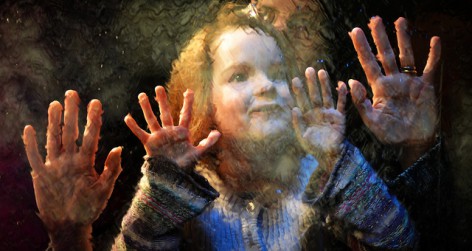
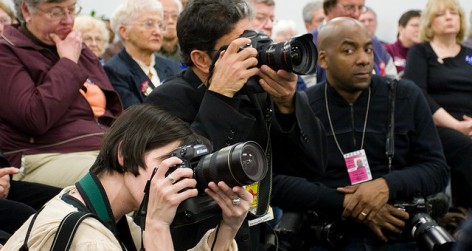
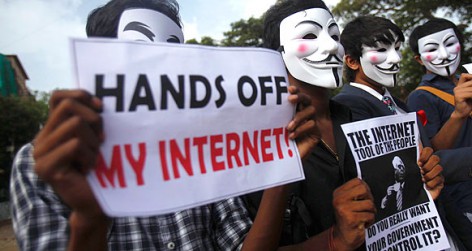



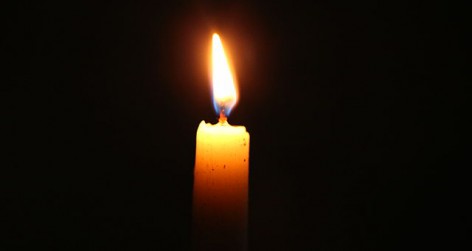

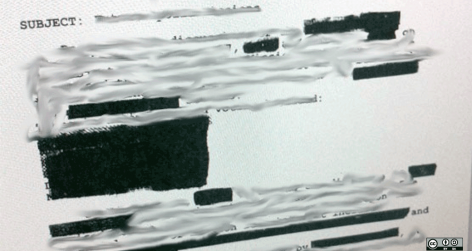
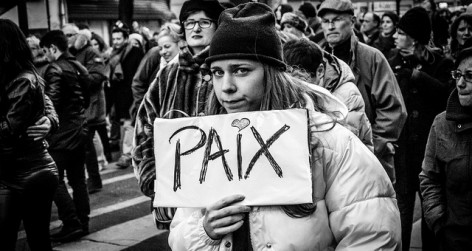

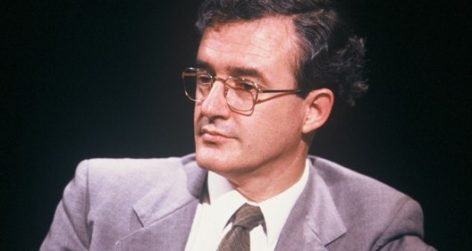
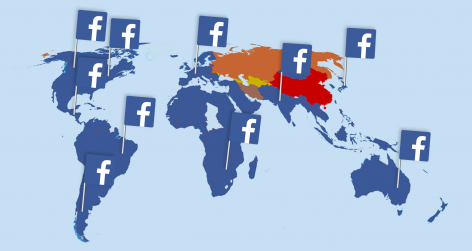

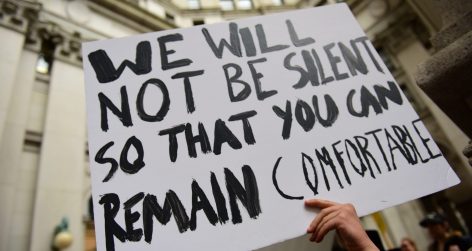

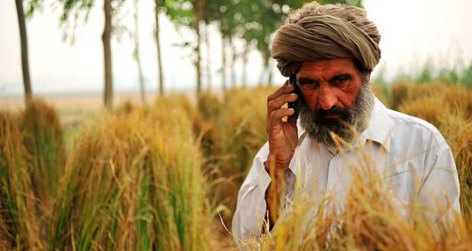






reply report Report comment
First I feel the need to say that I am a moron; have no special expertise and have, done only a modicum of research. However I do feel that my little contribution may be of interest to someone. The first thing I realised upon looking at this was that this problem is an ocean of variables strongly influenced by a more distant ocean of variables that most will perceive to be irrelevant. How many judges would consider 9/11 Attacks, to be even the tiniest bit relevant in any such case. Yet after seeing it on TV I knew the next James Bond film would be more realistically violent that the last; and so on through society. Each piece of media output is different to the next and each porn film is different to the next. I do believe that law is moving away from prosecuting such cases. I am pleased because when people are prosecuted and actions are taken to “bring the media under control” that freedom is, in effect handed to the faceless unknown; who use it against us. Yes there are genuine cases of wrongdoing and in my opinion many of these porn videos are awful, but it is no longer a black and white issue. How many of these cases ever bring about real justice; and how many just make the system look good? Sorry I’ve been a bit critical of the system, but only today I saw a video on Youtube, a video of someone greatly respected and honored; telling lies that puts us all in danger. This man holds to power to make criminal trials,in real terms whatever he desires, and same with the verdict .